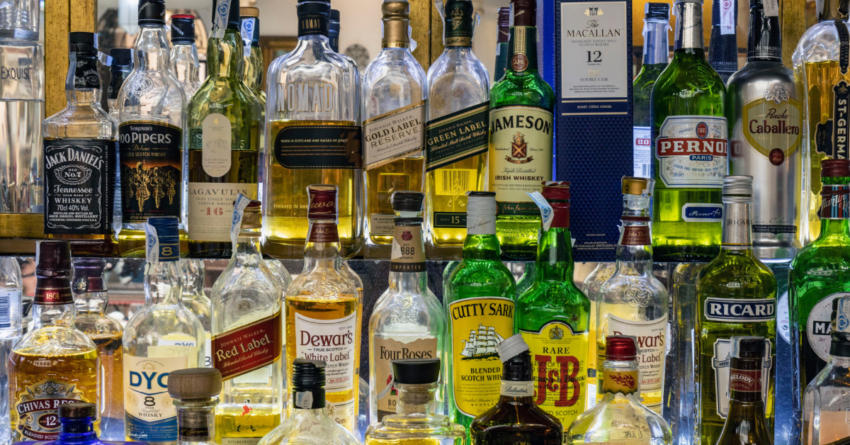I’ve Tasted Dozens of High-Proof Whiskeys. My Hot Take Is They’re Vastly Overrated

I recently tasted a new American whiskey that was aged for almost two decades and bottled at more than 140 proof. Let that sink in for a minute—this whiskey was over 70 percent ABV, or more than two-thirds alcohol, which is nearly double the minimum required 80 proof (40 percent ABV). That’s a face-slapping, mouth-searing, cartoon-eye-popping strength for a whiskey—or any spirit for that matter—and it begs the question: Why would anyone want to drink something so strong?
Any distiller or blender will tell you there’s an art and a science to proofing whiskey. Each difference in degree yields a specific flavor profile, which is why you’ll find whiskeys at precise proofs, like 91.4, for instance. Meanwhile, barrel-proof whiskey has become increasingly popular over the years, with both large and small distilleries releasing high-octane expressions.
The term “barrel-proof” refers to whiskey that hasn’t been diluted with water before bottling (although, per federal regulations, the proof can be up to two degrees, or one percent ABV, lower before bottling). Even so, drinking barrel-proof whiskey is as close as you can get to sipping straight from a barrel in a dusty rickhouse while in the comfort of your own home.
Men’s Journal aims to feature only the best products and services. We update when possible, but deals expire and prices can change. If you buy something via one of our links, we may earn a commission.
Related: The Best Bourbons of 2024 to Drink Neat or as a Highball
But, recently, it seems that whiskeys are being bottled at increasingly higher ABVs, like Jack Daniel’s Single Barrel High Proof Coy Hill (148.3 proof), A. Smith Bowman Cask Strength (135.1 proof), and Garrison Brothers Cowboy Bourbon (140.9 proof). I believe sipping a dram should be a mellow and pleasurable experience, not an exercise in masochism.
But make no mistake, this is not an argument for drinking whiskey at the minimum 80 proof. Granted, there are reasons why that exists (besides the legal requirement). Lower proof is more approachable for inexperienced drinkers. And by diluting their yields with water, brands can make more bottles with less whiskey.
I find 80-proof whiskey to have a thin mouthfeel and lack complexity. I’d much rather drink whiskey that’s somewhere between 90 and 100 proof, the latter of which often falls into the bottled-in-bond category, making it strong enough to shine in cocktails without blowing out your palate. There are barrel-proof whiskeys I love, like the relatively low-ABV Wild Turkey Rare Breed. Classics like Booker’s and Elijah Craig Barrel Proof are fantastic as well. But when whiskey starts creeping up to the 130 mark, I start having doubts.
I suspect those who claim to love hazmat whiskeys might be flexing a little. (“Hazmat” is a real term, by the way, referring to whiskey over 140 proof that isn’t allowed on airplanes.) Testing the extreme limit of anything is conceptually interesting, but it’s not always a pleasurable experience. There’s always someone looking for the hoppiest beer, spiciest hot sauce, or most intensely bitter liqueur. While it might impress a crowd to take a shot of flamethrower booze, it’s more enjoyable to savor the drinking experience, discerning flavors through the alcohol burn.
So if you’re on the hunt for a good bottle of bourbon, rye, Scotch, or any other type of whiskey, don’t let extreme ABV be your guide. Try a couple of barrel-proof options, but pick up some lower-strength whiskeys as well. Your palate will thank you.
Related: We’ve Tasted Hundreds of Whiskeys. These Are the Best in the World


